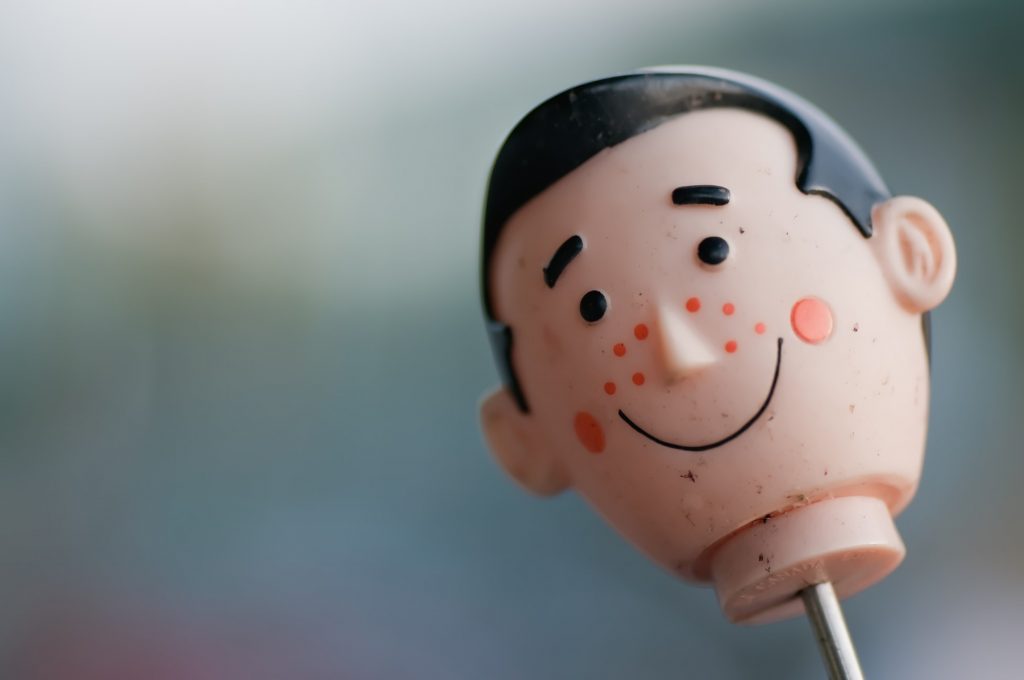Whether you call them pimples, blemishes, or zits, ACNE is a common skin condition that can be a source of discomfort, frustration, and embarrassment for those who experience it.
There’s quite a lot of behind-the-scenes action happening in your body that contributes to the development of it.
What Is Acne?
Acne can occur at any age, but is often experienced during distinct phases of hormonal shifting, like adolescence, menstruation, pregnancy, and menopause. This is because fluctuating hormone levels can increase the amount of oil produced by the skin.
A bout of acne or even the appearance of a single pimple is the result of a buildup of oil, skin cells, and/or bacteria in the pores of the skin.
Causes of Acne
Studies have linked acne to:
● Inflammation – the root cause of all disease
● Compromised gut health (i.e. leaky gut, not enough good gut bacteria)
● High blood sugar and unstable insulin levels
● Hormonal imbalances
The foods you eat don’t usually directly cause breakouts but can contribute to acne by promoting inflammation, impairing gut health, and spiking blood sugar and insulin levels.
12 SIMPLE SNACKS RECIPES BELOW
Inflammatory foods include those high in refined carbohydrates, sugar, and unhealthy fats.
Examples include:
➔ White bread, pasta, and rice
➔ Candy, baked goods, and other sweet desserts
➔ Sweetened drinks, like soda
➔ Fried foods
➔ Hydrogenated oils, trans fats, and saturated fats found in mmargarine processed foods, and many animal products
Refined carbohydrates (many of which are high glycemic index foods) contain little fibre and protein, which helps slow digestion and prevent blood sugar spikes.
Instead, these sugary foods are quickly digested and absorbed into the bloodstream, causing blood sugar to climb and lots of insulin to be released.
Excess insulin can affect other hormones and cause too much oil to be made by the skin, resulting in those dreaded breakouts.
Typical Acne Treatments
Most people deal with breakouts on the surface, relying on topical cleansers, creams and lotions to treat their blemished skin as fast as possible. However, relying solely on these types of treatments can result in a cycle of continuous breakouts and can delay complete healing of the skin.
‘Spot treatments’ are just that – they treat the symptom (the acne), but never address the underlying root cause.
Instead of reaching for the harsh topicals and concealer, try healing your skin from the inside out.
Treating Acne Holistically
It’s important to consider any foods you may be sensitive to and try to avoid or minimize those. Your immune system can react to certain foods, causing even more of an inflammatory response.
If you suspect your breakouts may be caused by a food sensitivity, consider testing or trying an elimination diet to identify the food trigger. This is best done under the guidance of a nutrition professional or healthcare practitioner.
Common food triggers include sugar, wheat, soy, and dairy (cow’s milk).
To heal skin and prevent future breakouts, focus on foods that contain plenty of fibre, antioxidants, vitamins, minerals, and healthy fats like:
· A variety of fruits and vegetables – the more colourful your diet, the better!
· Nuts and seeds, especially flax & chia for the extra dose of omega-3 fats
· Wild-caught salmon
· Lean, grass-fed meats
· Whole grains & seeds, like quinoa, oats, and brown rice
COOL TIP: When a breakout occurs, you can use the same healing foods topically to help soothe, hydrate, and cleanse irritated skin.
The foods that are health-optimizing for your insides can also be soothing and calming for the outside!
References
Healthline – Foods that cause acne
Healthline – Anti-acne diet
Healthline – Symptoms of acne
Recipe: Soothing DIY Acne Face Mask
Ingredients
¼ cup papaya, mashed
1 Tbsp oatmeal
1 tsp raw honey
Optional
2 – 4 drops of tea tree oil (or combo tea tree and lavender)
How to prepare
Stir together ingredients in a small bowl. Apply to clean, dry skin (face, neck, shoulders, back – anywhere you have irritated, acneic skin).
Leave on 15-20 minutes, then rinse off completely, and pat dry. And voilà, happily refreshed skin.
* If you choose to “taste” your mask before slathering it on, do NOT ingest if you have added essential oils!
For more recipes and daily personal access to Dr. Andrea, join our private Facebook Group – MAXIMize Your Transformation now!



